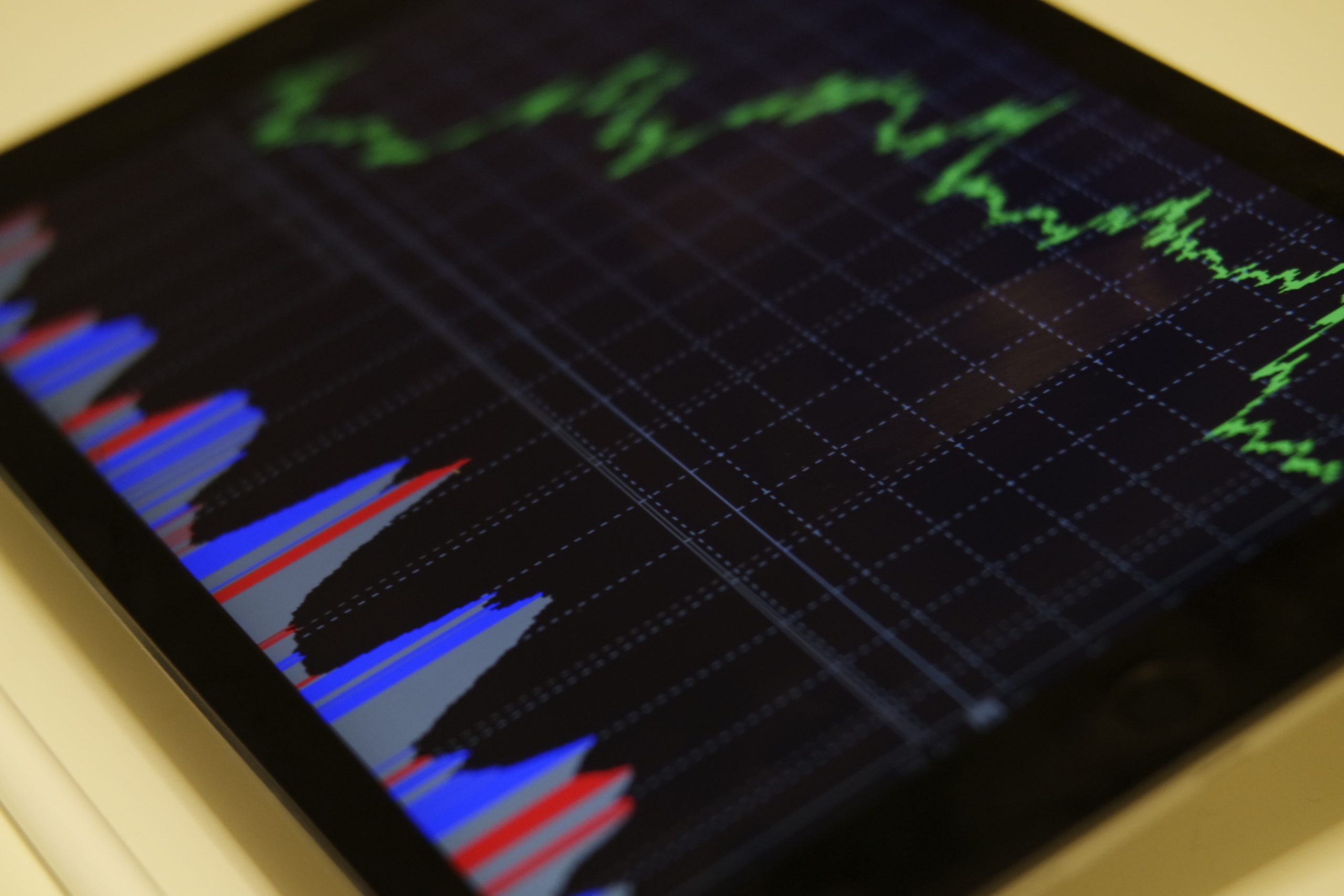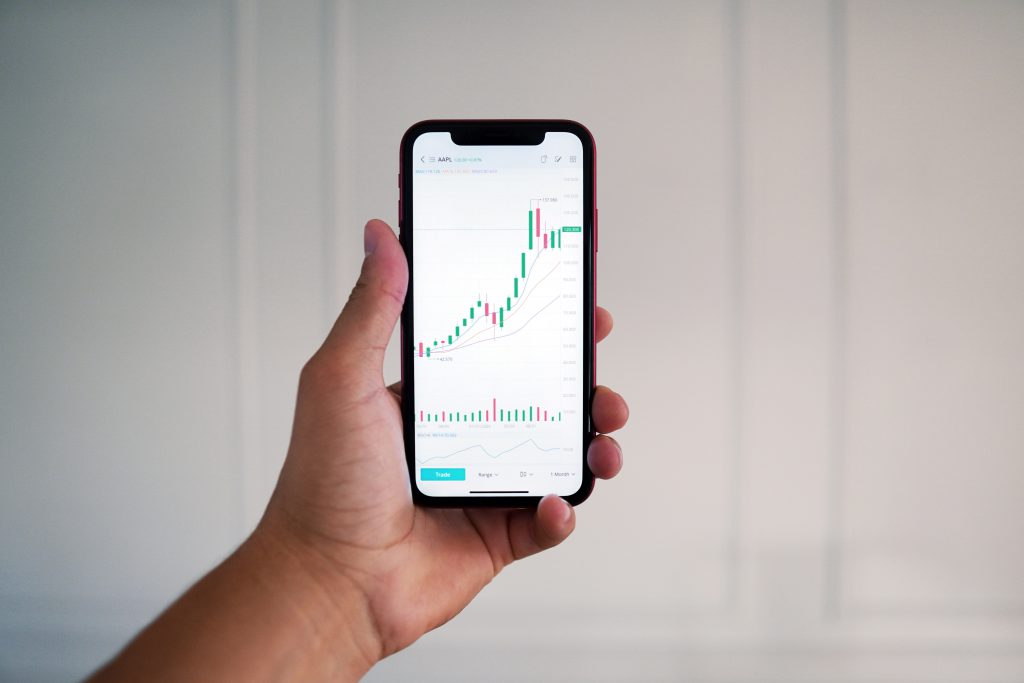How the Parabolic SAR Helps Predict Market Reversals

Investors have often followed the parabolic SAR ( fractal-SAR ) model when looking for investment opportunities. The model is an ‘extreme events’ investing strategy that tries to predict market downturns. The investor buys in at the bottom of a market decline and sells at the top. The strategy is based on the idea that the momentary, sharp drops in the market will lead to short-term price rises as buyers scramble to catch up with the falling prices. This will trigger a long-term price recovery that makes the strategy profitable.
The model has been widely recognized for its uncanny ability to predict market movements accurately. Investors and traders alike have used the model to make profitable long-term stock picks. However, the strategy has its fair share of critics, who argue that it is too simplistic and can give the appearance of being only profitable when the market is declining.
To that extent, this article explains that parabolic SAR helps predict market reversals and what factors should be considered before using the strategy.
This model is a trading strategy that attempts to predict market downturns. Investing in an environment of falling prices creates a risky situation for investors. But the model is based on the idea that markets will rally and recover from the decline, at which point one should go back to investing in the other direction.
It tries to analyze when each type of market decline begins and ends. It looks at the decisive point when the price took a quick, sharp plunge that led to short-term price rises. The model then predicts what will happen and where prices will be when that recovery point arrives.
Prediction Of Market Reversals
Traders and investors have used this strategy to make profitable long-term stock picks. But many critics have argued that the strategy is too simplistic and can give the appearance of being only profitable when the market is declining. Besides, several factors need to be considered before using the strategy. The model, however, has helped predict market reversals. Its effect on price volatility and its ability to determine when a trend will reverse have been useful for those who want to take advantage of such volatility.
How Does It work?
When choosing between a persistent downtrend or uptrend in a given market. The model uses technical analysis to choose the correct time to enter the market. It is based on a mathematical equation that analysts have used since 1986. This formula uses two values from previous relationships between the market and this new trend. These two values are:
1) The fractal price-volume relationship (also known as price/volume) for an asset as it breaks out of a downtrend or moves up from a trend in an uptrend.
2) The fractal-sar relationship for the same market, before and after the asset breaks out of a downtrend or moves up from a trend in an uptrend.
The strategy analyzes an asset’s price/volume relationship as it breaks out of a downtrend or moves up from a trend in an uptrend. After identifying the fractal price/volume breakpoint from a previous downtrend or trend in an uptrend, the analyst then measures the form for that breakpoint using this model.
The strategy assumes that there will not be another major change in direction for the market until after the asset has moved below its previous fractal-sar [sic] support or above its previous fractal-sar [sic] resistance. The strategy also assumes that the market will eventually revert to the mean behavior of the initial fractal-sar [sic] relationship, but it does not say when. The strategy is an attempt to determine when that reversion will occur.

Explanation Of The Model
Based on the price/volume relationship and Fractal_SAR. Fractal_SAR is calculated with a three-day look-back period and applied to a 40 period EMA (Exponential Moving Average), which creates a 40-period low pass filter (intermediate-term trend strength). The Fractal_SAR helps in identifying the major trend changes. The model works by plotting a 13-period exponential moving average (EMA) with a 26-period EMA. The 13-period EMA is subtracted from the 26-period EMA, which is plotted against the price/volume relationship. This indicates whether the market is trending up or down.
Selecting A Support And Resistance Level From The Model
There are two key points to learn about using the model for technical analysis:
1) The support and resistance levels that identify these turning points.
2) How to make your scale on which to plot support and resistance levels.
A Support Point Is A Level Where A Market Is Breaking Out.
In the model, a support point can be identified by measuring the trend strength at a specific moment of market decline. The [sic] then plots the 13-period exponential moving average (EMA) against this support level and subtracts it from the 26-period EMA. This indicates whether the market is trending down or not.
For Stocks And Commodities Works Differently Than For Indices
The model is based on the price/volume relationship and fractal_SAR for stock markets and commodities. Fractal_SAR is calculated with a three-day look-back period and applied to a 40 period EMAs (Exponential Moving Average), which creates a 40-period low pass filter (intermediate-term trend strength). The Fractal_SAR helps in identifying the major trend changes.
The model for stocks and commodities works differently than the one for indices. The strategy for stocks and commodities is extrapolated from the previous fractal_SAR relationship and indicates the possibility of support or resistance. The model also calculates a specific price/volume relationship during an uptrend and stores this information in an intermediate-term low pass filter history. The price/volume relationship of the previous fractal_SAR is extrapolated from the low pass filter. This is necessary to identify the major trend change.
Conclusion
Parabolic SAR helps investors see the trend changes in market prices and select the entry points for long-term trading. The system can find support, resistance levels, and trend calculations. It is simple, effective and reliable.




